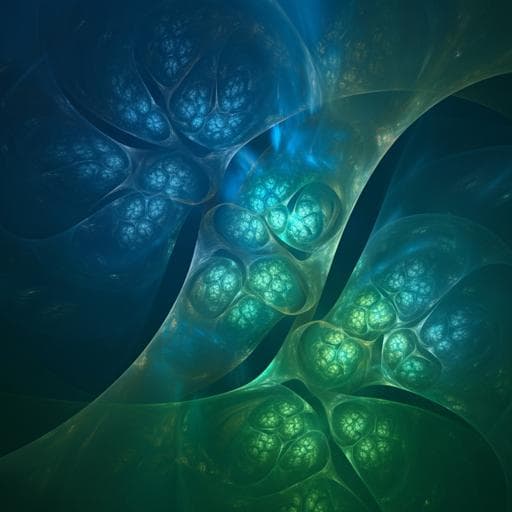
Earth Sciences
The role of calcium in regulating marine phosphorus burial and atmospheric oxygenation
M. Zhao, S. Zhang, et al.
Discover how seawater calcium concentration influences marine phosphorus burial and atmospheric oxygenation in groundbreaking research by Mingyu Zhao, Shuang Zhang, Lidya G. Tarhan, Christopher T. Reinhard, and Noah Planavsky. This study unveils a novel connection between tectonic cycles and global phosphorus cycling, reshaping our understanding of Earth's systems.
~3 min • Beginner • English
Related Publications
Explore these studies to deepen your understanding of the subject.







